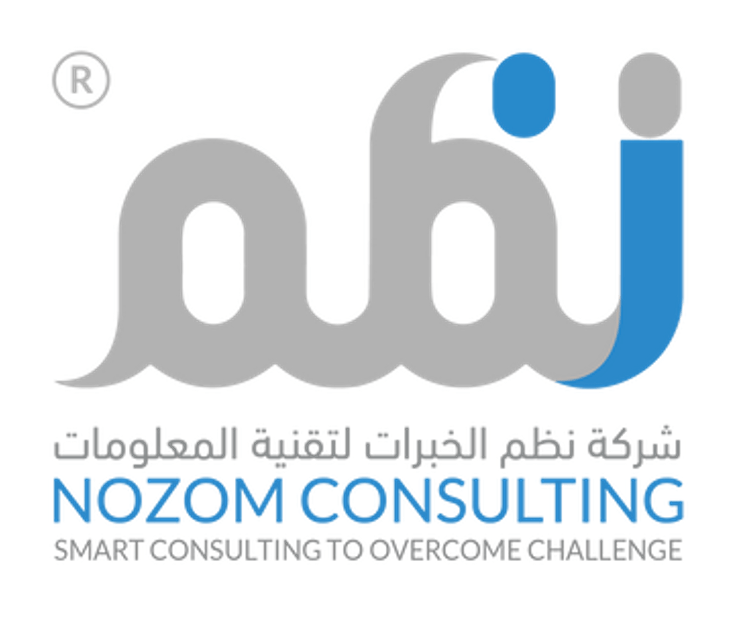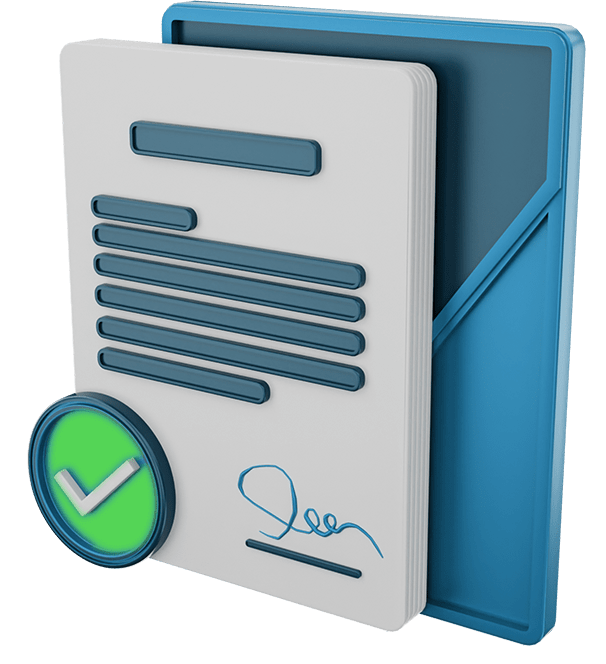Operational Corporate Governance
Turn governance from policy to practice. We build the governance operating model so decisions, controls, and board reporting work every day—without slowing the business.
Why It Matters
Modern governance goes beyond charters. Global benchmarks (G20/OECD Principles and ISO 37000) emphasize purpose-led oversight, accountability, transparency, and sustainable value—translating into day-to-day decision quality and evidence of control.
In Saudi Arabia, Capital Market Authority (CMA) Corporate Governance Regulations set clear expectations for listed companies on board responsibilities, committees, disclosure, and reporting—so operating discipline matters as much as policy.
How We Build Operational Corporate Governance
- Governance Operating Model: Map the “plumbing” of governance—forums, inputs/outputs, information flows, enabling tech—so oversight and operations connect cleanly (a practical governance operating model).
- Decision Rights & Delegations (DoA): Clarify who decides what, at which level, and how cross-functional calls get made. We use pragmatic mechanisms like RAPID to speed complex decisions and minimize escalations.
- Committees & Charters: Right-size board/management committees and refresh charters, interfaces, and agendas to align with strategy, risk, and performance priorities in line with OECD/ISO principles and CMA requirements.
- Policy Architecture & Internal Controls: Build a usable policy framework and SOPs with embedded control points, aligned to the COSO Internal Control—Integrated Framework.
- Three Lines Integration: Make the IIA Three Lines Model work in practice—management owns risk/controls; risk & compliance advise/monitor; internal audit independently assures and adds insight.
- Risk, Compliance & Attestation Rhythm: Link risk registers, compliance calendars, and control attestations to the monthly/quarterly management cycle and board packs—so evidence is timely and decision-useful. (Aligned to OECD expectations on disclosure and board responsibilities.)
- Board & Regulator-ready Reporting: Standardize KPIs, risk/control dashboards, incident logs, and disclosures to meet CMA expectations (English translation of the 2017 regulations, amended 2023).
- Culture & Conduct Alignment: Anchor incentives, escalation norms, and tone-from-the-top to ISO 37000 purpose/values principles—so behavior matches policy.
- Governance Health Check & Roadmap: Assess against OECD/ISO principles and CMA regulations; deliver quick wins (DoA cleanup, committee refresh, board-pack templates) and a longer-term enablement plan (GRC tooling, data & analytics).
What You Get
- Clear decisioning: A documented DoA and decision mechanisms that speed cross-functional calls and reduce rework.
- Tighter control environment: Policies/SOPs with mapped controls, aligned to COSO.
- Confident oversight: A committee system and board-pack rhythm that surfaces risk and performance early, grounded in OECD/ISO principles and CMA rules.
- Assurance that adds value: Three Lines operating as intended—independent yet integrated with management’s risk ownership.
- Regulatory readiness: Disclosures and evidence aligned to Saudi CMA Corporate Governance Regulations.









